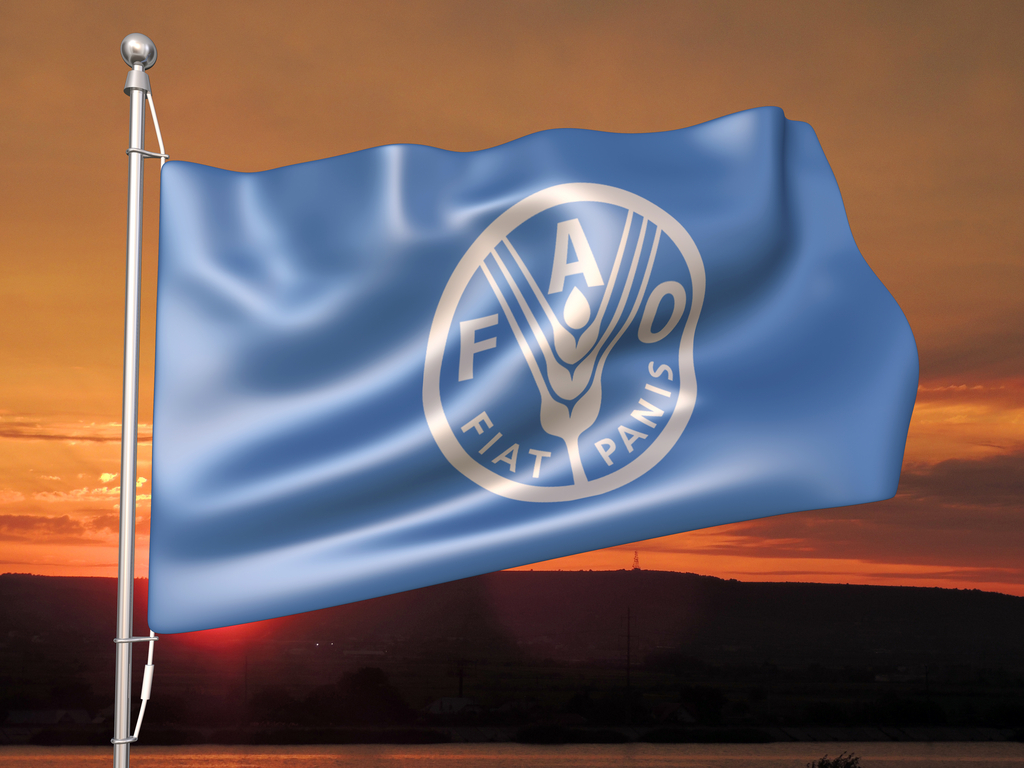The UN Food & Agriculture Organization has unveiled an analysis of the latest trends in agricultural exports of 12 post-Soviet countries.
The review says that due to the fact that the macroeconomic situation in the post-Soviet countries stabilized in 2016-2017 and, taking into account the fact that export growth contributes to increased profits and can become a potential driver of the growth of the industry as a whole, many countries have expanded the scope of their national programs and strategies on diversification of agricultural markets.
The review data shows that in 2016, for the first time since 2013, the region recorded positive balance of agricultural trade – $1.4 bn. Grains, fats and oils, oilseeds and fish accounted for almost 60% of agricultural export in the region, while only grain export accounted for 29%.
The review cites “Agricultural Outlook OECD-FAO 2017-26”, in which the slowdown in world agricultural trade is reported in comparison with the previous decade. However, agricultural trade has generally been more resilient to macroeconomic instability than trade in other commodities. Further liberalization of markets could lead to reduction in comparatively high duties in the farm sector and stimulate growth in agricultural trade. With successful implementation of export development programs launched in many post-Soviet countries during this period, those programs can promote to production of high-quality export products and open up additional opportunities for trade with new partners.
The review covers agricultural export strategies and programs in the following countries: Armenia, Azerbaijan, Belarus, Georgia, Kazakhstan, Kyrgyzstan, Moldova, Russia, Tajikistan, Turkmenistan, Uzbekistan and Ukraine.




